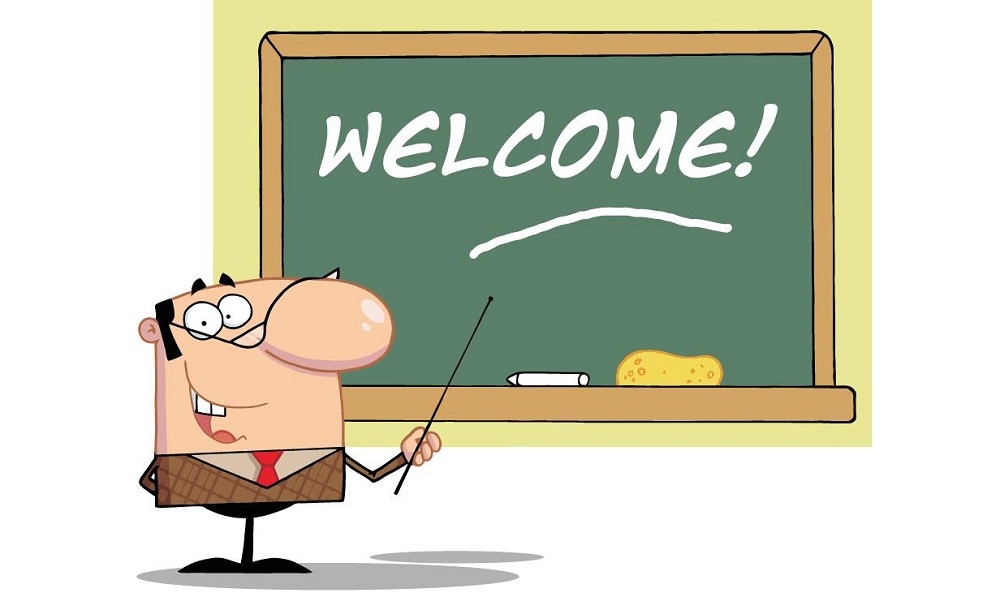4 handy tips for great teachers and presenters


Truly impactful communication takes place when you are delivering the same message with all of your communication systems – your words, your voice, your eyes, your hands, your breathing, your body posture, your movement and every thought that you have.
You can spend a lot of time trying to remember all of these different activities, or you can do it the easy way. In the following lines Peter Freeth will give you a few handy tips that you can put into practice when aiming at really reaching your audience.
1. Believing what you are saying
The easy way to be ‘congruent’ is to start by believing what you are saying. If your conscious and unconscious minds agree, you will send the same message through all of your communication systems. You don’t have to remember all that body language stuff you read about years ago. It will all happen naturally and thereby be far more convincing.
If you’ve ever stood there, speaking to a group and not really wanting to be there, do you think it’s enough to just say the words? No! They can tell! Audiences, like dogs, can smell fear.
2. What do you want?
It’s very important that you are very, very clear about what it is that you want. In order to set your brain up to automatically achieve your goals for you, your goals must conform to certain rules.
It’s just like making sure that a computer program conforms to the syntax of the programming language. If it doesn’t, it might still run but the results may be unexpected. Remember to use this both for your own goals as well as for setting goals for your learners.
Here are the rules for “well-formed outcomes”:
- Positive – as something you want, rather than something you don’t want.
- Under your control. It is no use having a goal like “to get promoted” because that is probably not entirely under your control. A better goal would be “to do everything that I can possibly do to position myself for my promotion”.
- Real and represented in your senses. It is not enough to say that you aim “to successfully complete” something. What does successful completion look, sound and feel like? Lets say your aim is to write a training course manual. How will you know when it’s finished? Will you see it, sitting printed and bound on your desk? Will you pick it up and feel its weight, or flick through the pages? Everything that you ‘know’ is a sensory experience, stored in your memory. To easily achieve a goal, you must have a specific and direct sensory test for it.
- Ecological – You must not lose anything as a result of achieving this goal, otherwise you will sabotage your own attempts. This often happens when people try to give up smoking. When you have adapted your goal to meet these criteria, you can test it using this simple set of four questions, which check the goal logically (as in real logic, not just common sense). Ask yourself each question and wait until you get an answer.
You can write your answers down if it helps:
- If I achieve this, what will I gain?
- If I achieve this, what will I lose?
- If I don’t achieve this, what will I gain?
- If I don’t achieve this, what will I lose?
And finally, pay really close attention to any feelings that you get as you ask yourself this last question:
- If I were offered this right now, would I take it?
If there is anything that you haven’t considered, or if any part of you would object to this goal, you will get a definite reaction to that question.
3. Have a dream
When are you at your most confident? Is it when you try something new, or when you do something you know you can do easily? First, remember four or five specific times when you used skills or abilities that you value highly and that you want to have easy access to.
Allow yourself to daydream into those memories. See everything that you saw, hear everything that you heard and feel everything that you felt – both touch and emotions. Take some time to remember the whole event in as much detail as you can.
Now run the whole event again from a different point of view. If you were talking to someone, watch the event from over their shoulder. Notice how you look, your facial expressions, notice your tone of voice. Watch the event again from other points in the room. Make a mental note of anything new you learn whilst running through these memories.
Next, do the same exercise again but this time daydream into the future. Think about how the room will look, the people, the sound of your voice. See things both as yourself and also from the audience’s chair. Notice how confident you look and sound. Take as long as you need to fully imagine the whole experience. See the audience nodding and smiling.
Repeat this a couple of times so that it becomes very easy to imagine. Run through this new ‘memory’ whenever you get a quiet moment. Imagine everything going well. If anything gets in your way, you are able to easily overcome it.
4. Anchors away!
You can also set yourself up a number of anchors to trigger particular states. The more you use them, the stronger they become. You could have one for each different emotional state that will be of use to you, and anchor each one on a different finger, with a different word or with a different colour.
You can see that these are different ideas for applying anchors to useful states, and here are some other ideas for anchors:
- A word
- A voice tone
- A physical item on your desk
- Something on the dashboard of your car
- Something that you see every morning
- A person’s name
- A physical movement or touch
- A piece of music
You can gain more useful knowledge about the way we communicate as an educator by reading the free eBook “NLP – Skills for Learning” written by Peter Freeth.



